In the world of gardening and cultivation, the right tools can make all the difference. Among these, the gas tiller stands out as a powerful ally for turning soil, weeding, and mixing compost. This article delves into the essential aspects of gas tillers, from selecting the right model to understanding its maintenance needs. Whether you’re a seasoned gardener or just starting, this guide aims to equip you with the knowledge to make informed decisions about using gas tillers effectively.
Table of Contents:
– What makes gas tillers a preferred choice for gardeners?
– Key features to consider when choosing a gas tiller
– How to operate a gas tiller safely and efficiently
– Maintenance tips to keep your gas tiller running smoothly
– Environmental considerations and alternatives
What makes gas tillers a preferred choice for gardeners?
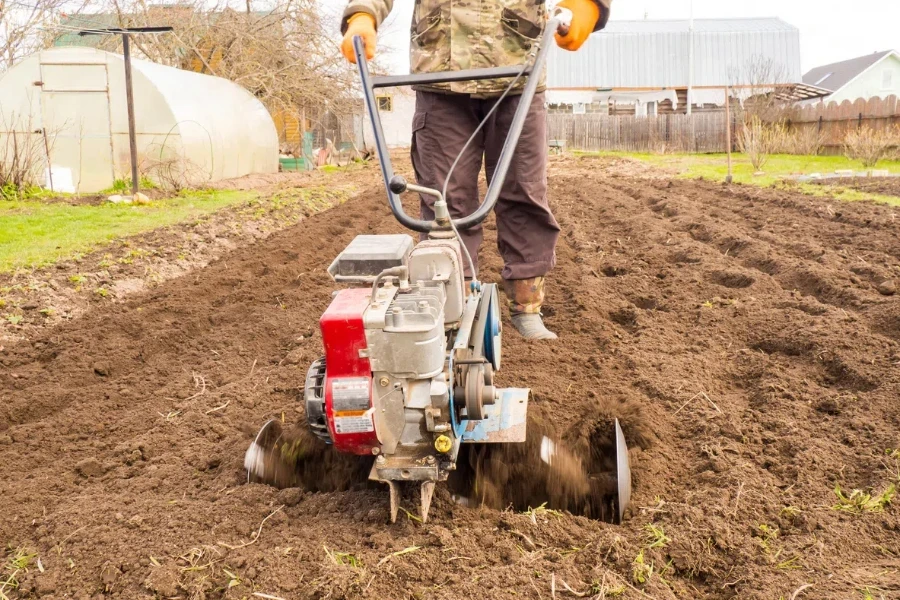
Gas tillers are revered for their power and efficiency, capable of breaking through tough soil with ease. Unlike their electric counterparts, gas tillers offer the freedom of movement without being tethered to a power source, making them ideal for larger gardens or remote areas. Their robust construction enables them to tackle a variety of soil types and conditions, from heavy clay to rocky terrains. Furthermore, gas tillers come in various sizes, allowing gardeners to choose a model that best suits their space and workload.
The versatility of gas tillers extends beyond just tilling soil. They can be used for aerating, weeding, and mixing in fertilizers or compost, making them a multipurpose tool in the garden. This versatility, coupled with their power, makes gas tillers a popular choice among gardeners looking to maximize their productivity and reduce physical strain.
Despite their advantages, it’s important to consider the noise and emissions associated with gas tillers. They are generally louder than electric models and emit exhaust fumes, which may not be suitable for all users or environments. However, for those who prioritize performance and versatility, a gas tiller can be an invaluable asset in the garden.
Key features to consider when choosing a gas tiller
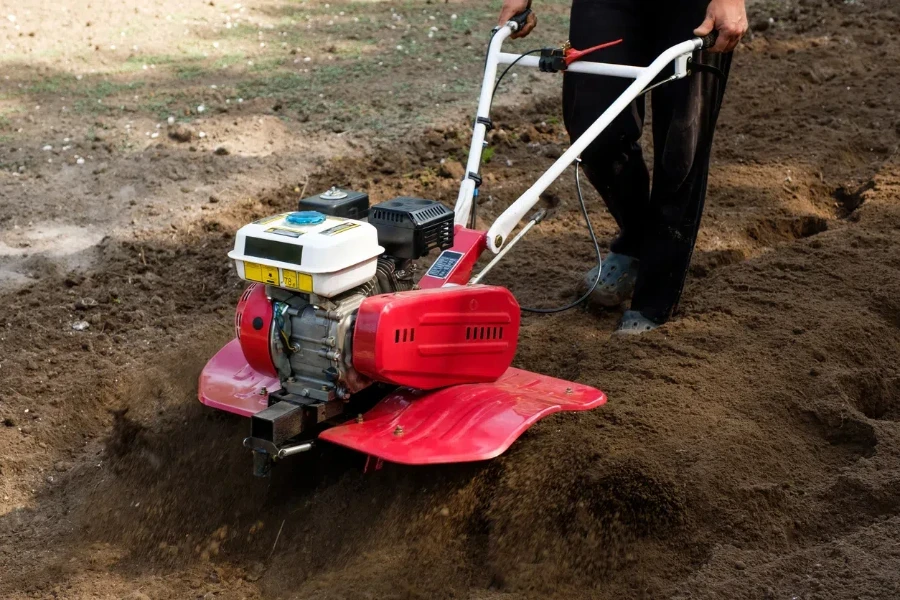
Selecting the right gas tiller involves understanding the key features that impact performance and usability. Engine size is a critical factor, as it determines the tiller’s power and ability to tackle tough soil. Larger engines offer more power but can also make the tiller heavier and more challenging to maneuver.
Tilling width and depth are also important considerations. A wider tilling width means you can cover more ground in less time, while adjustable tilling depth allows for more precise soil cultivation. Look for models that offer easy adjustments to suit different gardening tasks.
Another feature to consider is the type of tines and their configuration. Counter-rotating tines are effective for breaking new ground, while standard rotating tines are suitable for light soil cultivation. The choice depends on your specific gardening needs and the condition of your soil.
How to operate a gas tiller safely and efficiently
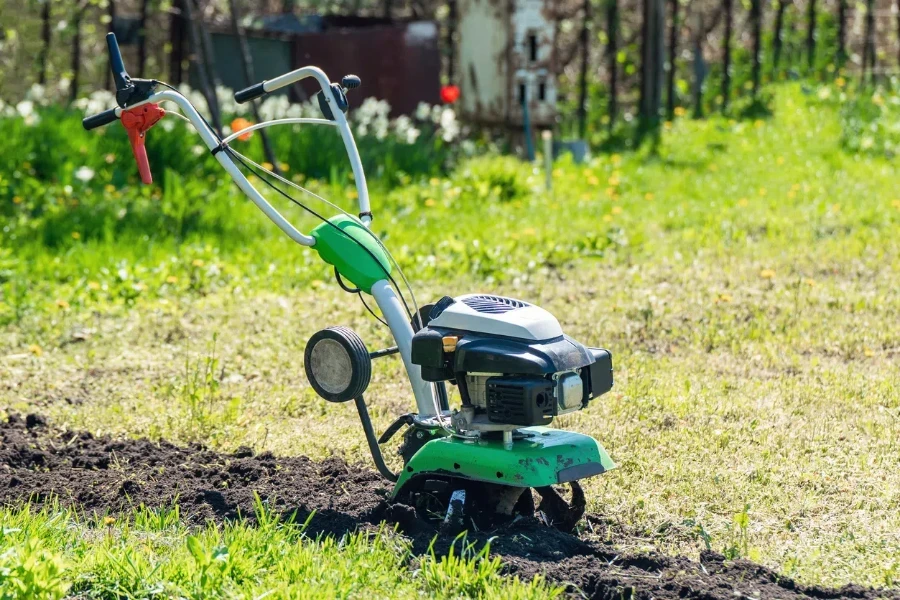
Operating a gas tiller requires attention to safety and efficient techniques to maximize its benefits. Always read the manufacturer’s instructions before use, and wear appropriate safety gear, including gloves, eye protection, and sturdy boots.
Start by preparing the area, removing rocks, roots, and debris that could obstruct the tiller. Begin tilling at the edge of the area, working in straight lines and overlapping each pass slightly to ensure even soil cultivation. Maintain a steady pace, allowing the tiller to do the work without forcing it through the soil.
Efficiency also involves proper planning. Tilling when the soil is too wet or dry can be counterproductive, so aim for moist, but not saturated conditions. Additionally, consider the layout of your garden to minimize the need for manual labor in tight spaces or around obstacles.
Maintenance tips to keep your gas tiller running smoothly
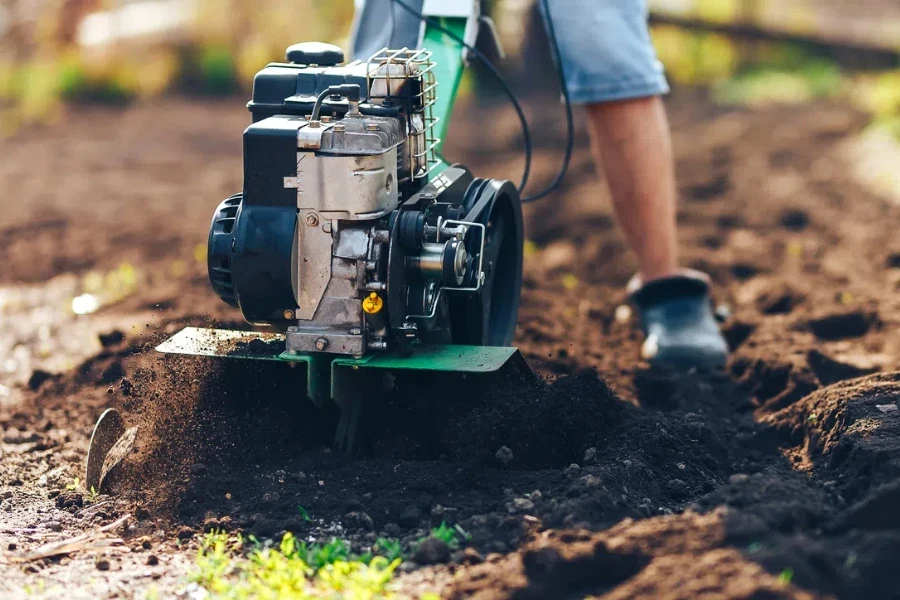
Regular maintenance is essential to keep your gas tiller in top condition. After each use, clean the tines and exterior to remove soil and debris, which can contribute to corrosion and wear. Check the engine oil level regularly and replace it according to the manufacturer’s recommendations.
Air filters and spark plugs are critical to engine performance and should be inspected and replaced as needed. Keeping these components in good condition ensures your tiller starts easily and runs smoothly.
Lastly, store your gas tiller in a dry, protected space to prevent rust and damage. Proper storage and regular maintenance can significantly extend the life of your tiller, ensuring it’s ready for each gardening season.
Environmental considerations and alternatives
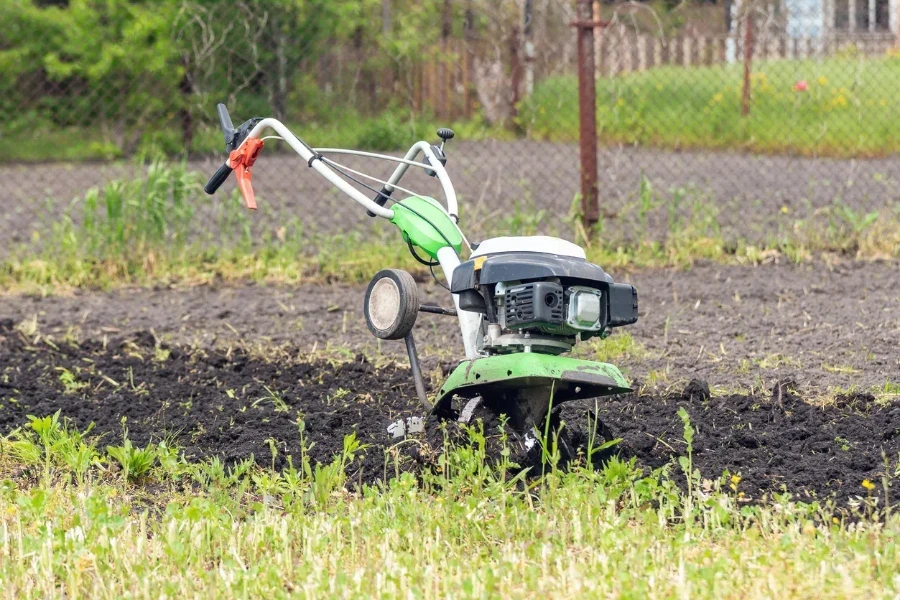
While gas tillers offer power and versatility, it’s important to consider their environmental impact. Emissions from gas engines contribute to air pollution, and the noise can be disruptive in residential areas. If these factors are a concern, there are alternatives to consider.
Electric tillers produce no emissions and are significantly quieter, making them a more environmentally friendly option. They are suitable for smaller gardens and lighter soil conditions. For those looking to minimize their environmental footprint further, manual tillers offer a sustainable, albeit labor-intensive, alternative.
In conclusion, gas tillers are a powerful tool for gardeners, offering the versatility and efficiency to tackle a variety of tasks. By understanding the key features, operating techniques, and maintenance requirements, you can choose and use a gas tiller that meets your gardening needs. Considering the environmental impact and exploring alternatives can also ensure your gardening practices align with sustainable principles.
Conclusion:
Gas tillers stand as a testament to the blend of power and versatility in the realm of gardening machinery. By carefully selecting a model that aligns with your garden’s size and your workload, adhering to safety and efficiency guidelines during operation, and committing to regular maintenance, you can harness the full potential of your gas tiller. Despite the environmental considerations, the informed use of gas tillers can significantly enhance your gardening experience, making cultivation tasks more manageable and less time-consuming.




